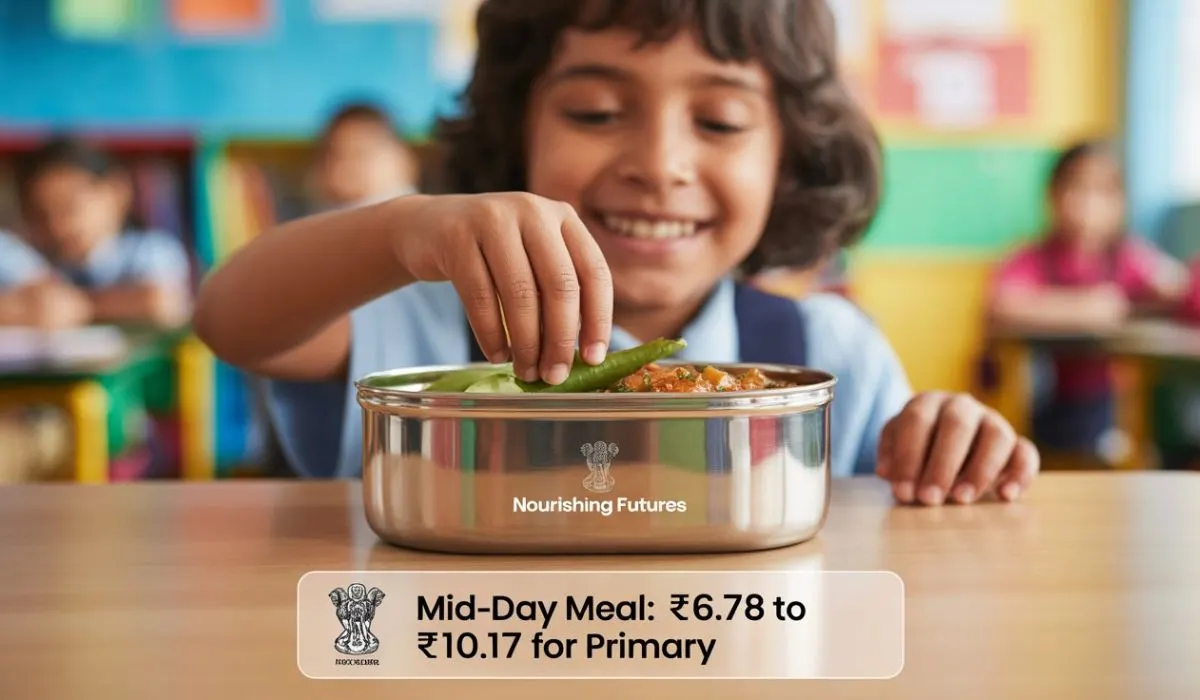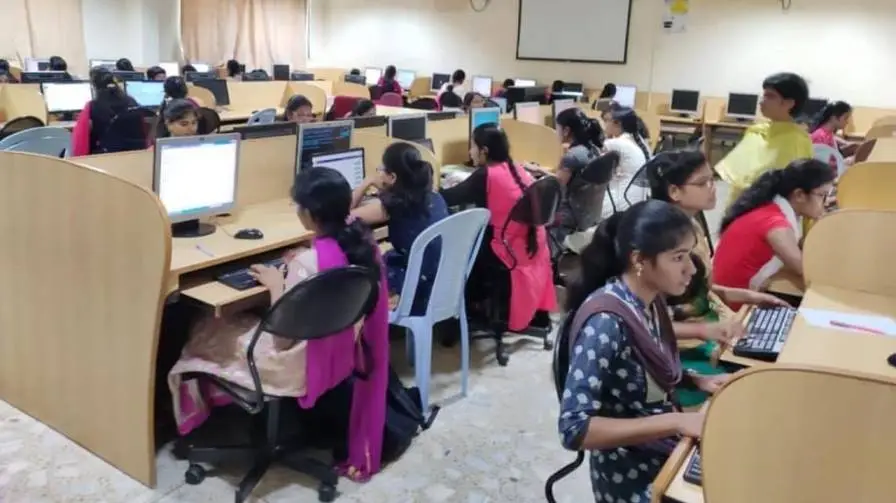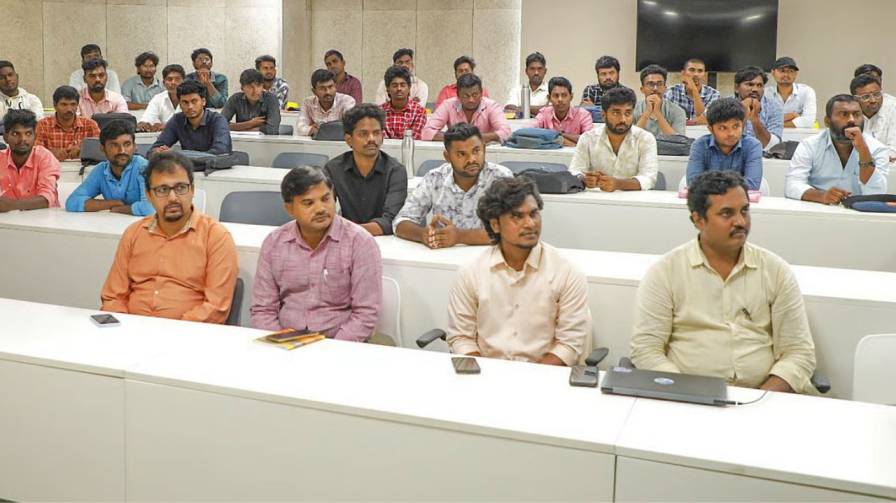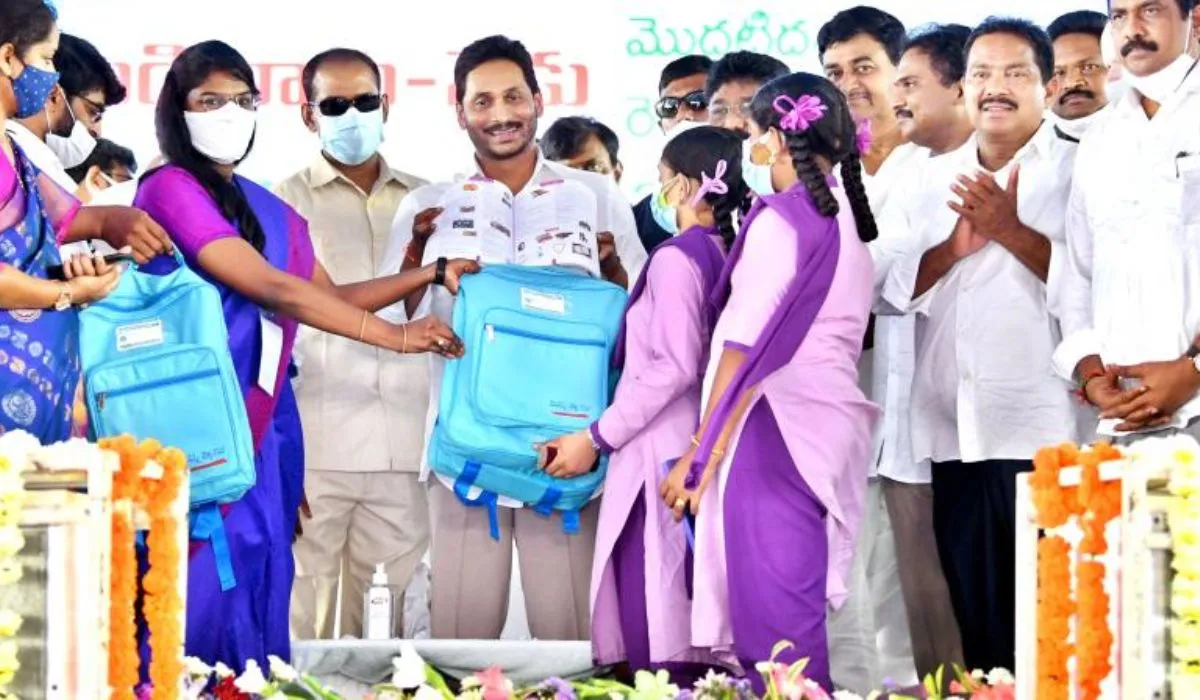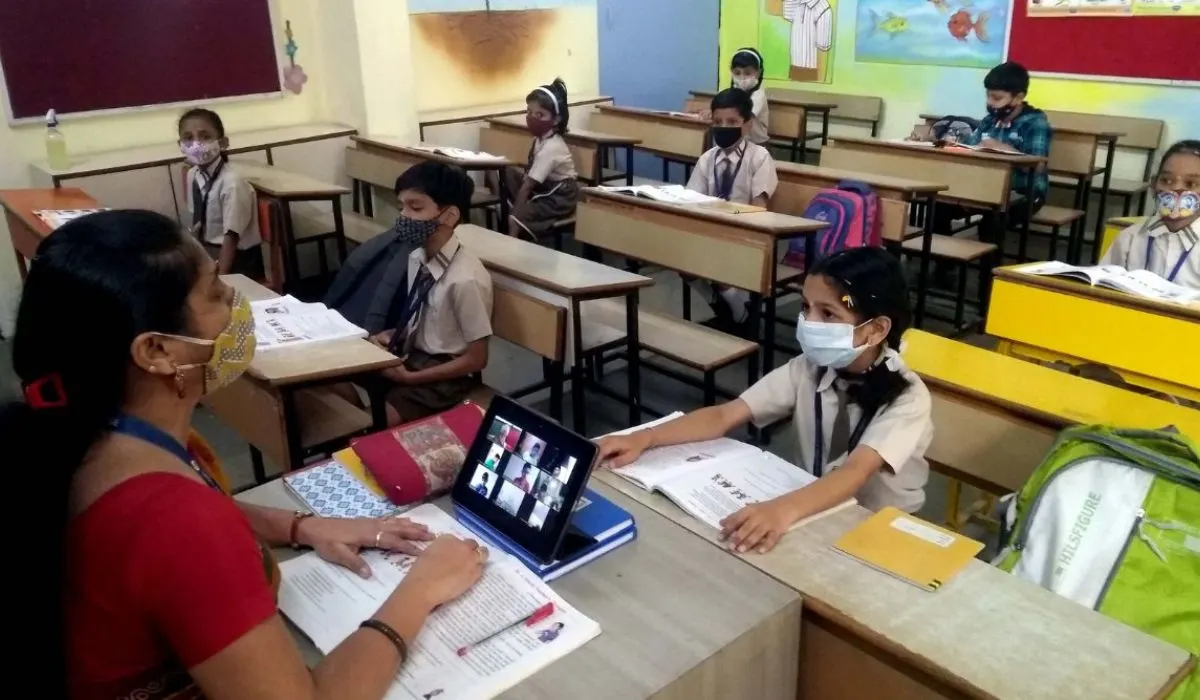The Government of India has recently revised the cost of the mid-day meal scheme. Now the cost of meals for primary level children has been fixed at 6.78 and for upper primary level children at 10.17. This change is being considered as an important step towards further strengthening education as well as nutrition of children. This scheme is very helpful.
What the Mid-Day Meal Scheme Means for India
The Mid-Day Meal Scheme in India is so much more than just a free lunch for school children; it's a powerful idea that has changed millions of lives. Imagine a plate of hot, nutritious food that not only fights hunger but also brings children to school, helps them concentrate in class, and gives them a better chance at a healthy future. For many families, this simple meal is a huge support, easing a parent's worry and ensuring their child gets at least one solid meal a day.
Objective of Mid-Day Meal Scheme

The main objective of the mid-day meal scheme is not only to provide food to children but also to motivate them to go to school and take interest in studies. This scheme helps in reducing malnutrition in children.
Children from poor and deprived sections get nutritious food. Parents are encouraged to send their children to school. It is a scheme that combines both education and nutrition. With this scheme, children are not only limited to filling their stomach, but also have a good effect on their health, energy and studies.
Latest Update on Mid-Day Meal Cost Revision (2025)
The cost of mid-day meals has increased compared to earlier. This means that the food that children get now will be more nutritious and quality.
The cost at the primary level has been increased to 6.78. The cost at the upper primary level has been increased to 10.17. This increase will ensure that children's meals can include vegetables, pulses, rice, bread and sometimes even milk or fruits. The government wants children to get a balanced diet in food, so that their physical and mental growth is proper.
Benefits for children
The new cost revision will bring several benefits to children.
- Eat healthy food. More cost means that the variety and quality of food will increase.
- Improving school attendance. When children get good food every day, their motivation to come to school will also increase.
- Control of Malnutrition- Children from rural and poor areas will especially benefit.
4.Increase learning ability. A balanced diet strengthens the mind and energy level of children.
Influence on Parents and Society
This scheme is not only limited to children, but also has a positive impact on parents and society.
Poor families do not have to worry about preparing separate meals for their children. Parents are dropping their children to schools. Education plays an important role in society. Children develop a sense of equality because all children get the same food.
Challenges of the Mid-Day Meal Scheme
- Although the plan is commendable, it still has many challenges.
- Questions are often raised about the quality of food.
- In some schools, the kitchen and sanitation facilities are poor.
- Children are not getting food.
- Ration supply is erratic in some areas.
To overcome these challenges, the government and administration will have to be more alert and responsible.
Government's actions
The government is making a lot of efforts to improve this scheme. The menu includes local and seasonal vegetables. Milk and eggs are also being given in food in many states. Monitoring committees have been formed at the school level so that quality is maintained. Food distribution is being monitored using digital technology.
Recomanded to read :- Innovative Teaching Methods in Indian Schools
Education and Nutrition
Mid-day meal is not just food, it is linked to the future of children. A healthy diet reduces the risk of disease in children. Children's interest in studies will increase. Regular meals reduce the school dropout rate. When children are healthy and energetic, only then they can perform well in studies.
Particular Importance in Rural areas
This scheme is even more important in rural areas. The financial condition of many families is very bad. The poor children get hot and nutritious meals every day.
Parents should not stop educating their children. The problem of dropping out of studies due to hunger in children is less. With this, the level of education in rural society is gradually improving.
Future Prospects
If this scheme is further strengthened, it can completely change the lives of children in the coming times.
The government can spend more on nutrition. More variety in food can be brought. Community and private organizations can also be involved. Children's health and education can be greatly improved.
Conclusion
The mid-day meal scheme is not just a meal plan, but it is the foundation of a bright future for children. The recent cost escalation shows that the government is serious about the health and education of children.
The children will get nutritious and quality food at a cost of 6.78 at primary level and 10.17 at upper primary level. This will not only enhance their physical growth but will also help them perform better in studies. So it would not be wrong to say that the mid-day meal scheme is the most successful confluence of education and nutrition.
FAQ
Q1. What are the new costs for the Mid-Day Meal Scheme?
The revised costs are 6.78 per meal for primary students and 10.17 per meal for upper primary students.
Q2. Why was the cost of the Mid-Day Meal revised?
The cost was revised to adjust for rising food prices and ensure that children continue receiving nutritious meals.
Q3. Who benefits from the Mid-Day Meal Scheme?
The scheme benefits government and aided school children from primary and upper primary classes, especially those from low-income families.
Q4. Will the quality of the meals change with the revised costs?
Yes, the revision is aimed at improving meal quality and portion size, making them healthier and more filling for students.



